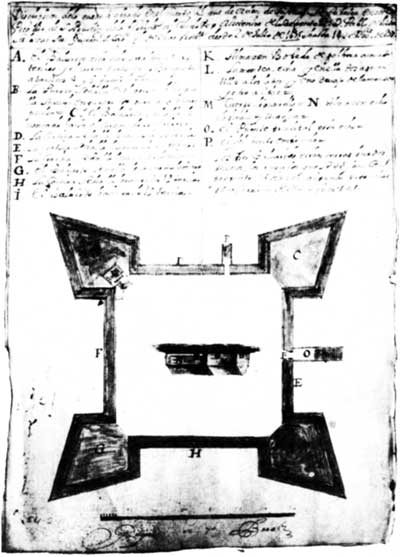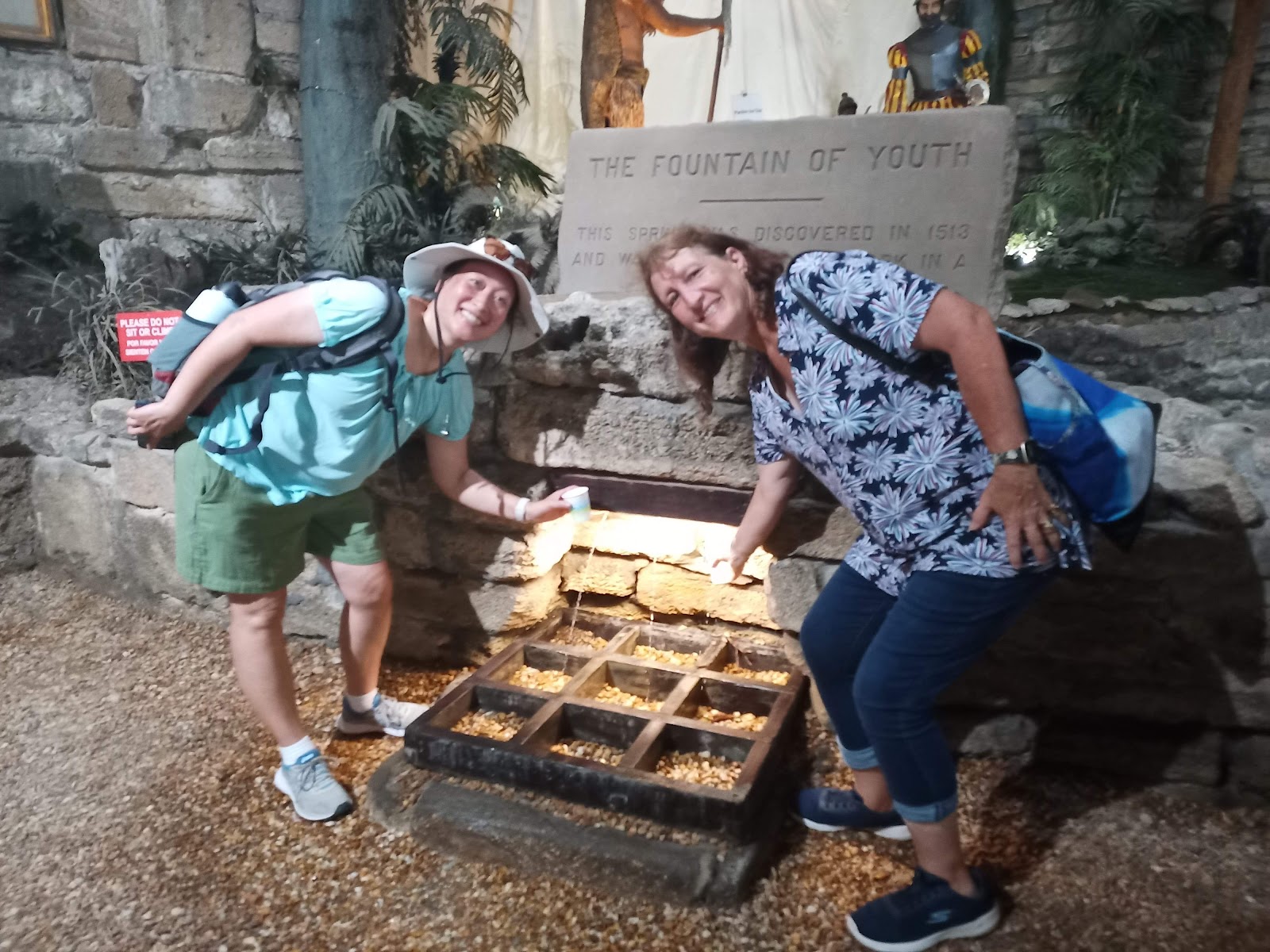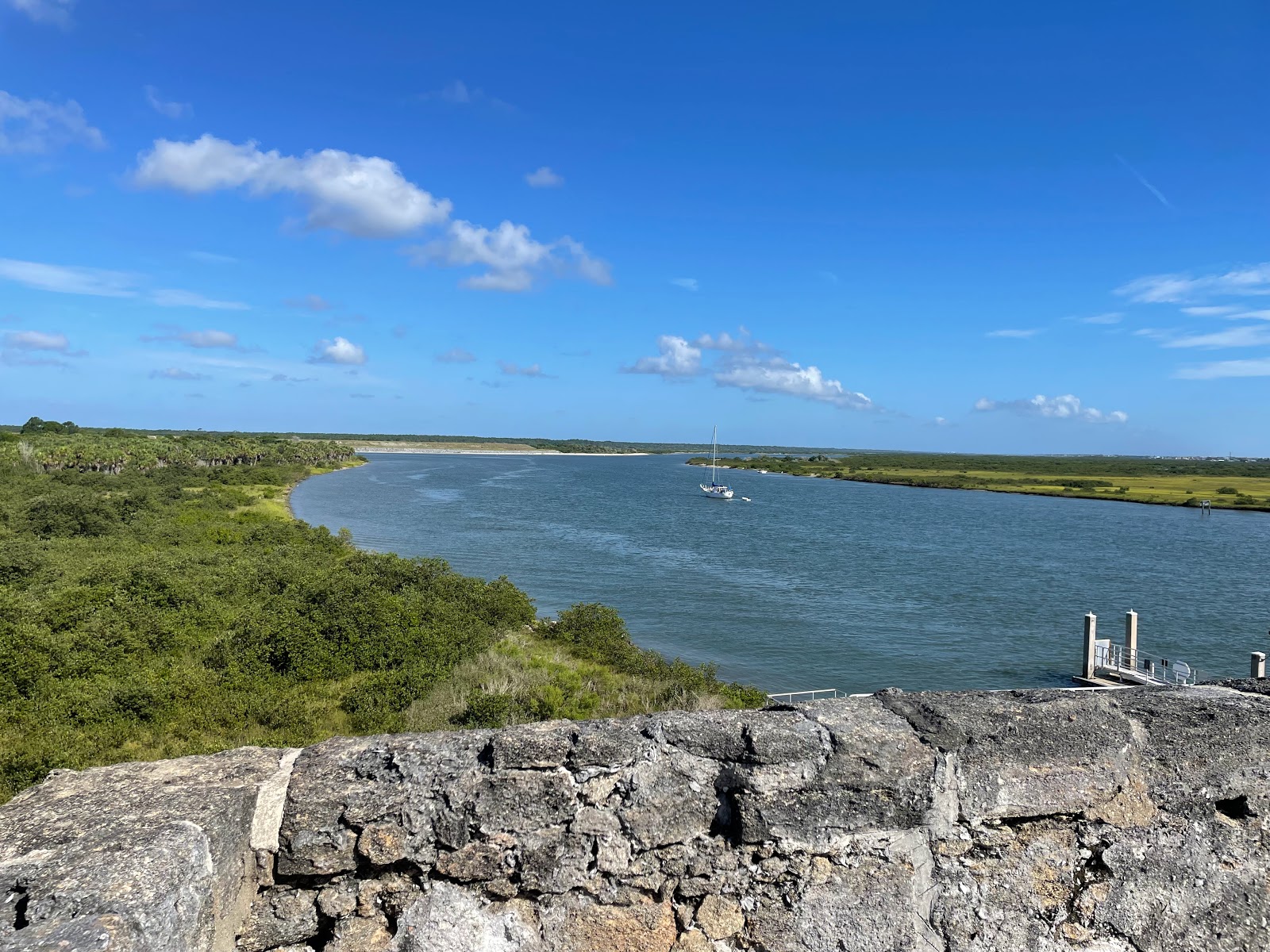EVERGLADES NATIONAL PARK
After our week learning about the Space Race on the Space Coast, Joann and I decided to take an extra few days and drive south to see more National Parks. For the longest time, I've wanted to go to Everglades National Park, and I finally had the chance to visit.
 |
| Everglades water flow |
Unfortunately, urban and agricultural development have altered the ecosystem and threatens the Everglades, which is now about half the size as it once was. Canals and ditches have been dug to divert the water and control flooding, causing death of peat and rapid breakdown of soil nutrients. In addition, the introduction of invasive species have wreaked havoc on the delicate native biome.
Getting a few days to explore the Everglades gave us an up-close and personal chance to appreciate the unique environment. We started by taking a boat tour from Flamingo, the southernmost point on the Florida peninsula. We traveled down Tarpon Creek and Coot Bay, seeing the different mangroves and searching for animals. We did see a crocodile sunning on the banks - did you know the Florida Everglades is the only place in the world where alligators and crocodiles coexist?
That afternoon we went on the most interesting adventure of the trip - a cypress slog, walking through the sawgrass prairie and into a cypress dome. We started by heading straight into the muddy water, relying on our long hiking poles to help navigate the muddy pits.
I was surprised how few mosquitoes were there, and it was fun trying to avoid the deeper pits that would suck our feet on each step, pulling on our shoes. I was definitely glad my laces were tied tight!
We headed further away from the road and towards what looked like a hill in the distance. It was actually a cypress dome, where cypress trees grow around solution holes.
Solution holes are areas where the underlying limestone karst has been dissolved by the acids caused by decaying vegetation. Large cypress trees grow in the deeper centers, with smaller trees around the outside, forming a cluster of trees in the shape of a dome.
 |
| That's my anti-gator pole. |
Ermmmm....
 |
| Deep in the cypress dome |
I did love all the air plants that grew in abundance on all the cypress branches! These were the same air plants that I have in my home, so it really made me appreciate more the type of environment they like to live in.
Getting down and dirty into the swamp was truly amazing, and I'd highly recommend it to anyone who wants a true Everglades experience!
The next day, we drove up to the northern part of the Everglades, to Shark Valley, in the heart of the freshwater marsh. We drove the famous Tamiami Trail to the visitor center, where we took a tram ride along the loop road. At the far end of the loop is a 70-foot high observation tower with an amazing panoramic view of the sawgrass marsh.
Looking across the prairies, we could see several stands of trees. These areas of slightly higher elevation are known as hardwood hammocks - where mahogany, gumbo limbo, and oak trees can survive. Since they are slightly higher in elevation, they don't flood and provide places for animals such as panthers and black bears. A bear had been spotted earlier that month, but they eluded us.
From Shark Valley, we continued east to Everglades City. Since we had some extra time, we took a detour on the Loop Road (which is technically in Big Cypress National Preserve, a slow dirt road that took us close into the swamp.
 |
| Hm, what a peaceful, empty fishing hole... |
 |
| Just waiting for an easy lunch! |
Soon there were a half dozen large gators right under us! The locals explained that the gators have learned to come steal fish from the fishermen - so when they hook a fish, they have to act fast and reel it in before a gator snatched it away. Every time they would cast, one or two gators would slowly sidle closer, just waiting for the right moment. Clever little alligators!!
On a side note, did you know the smallest post office in the United States is located in the Everglades?
The Ten Thousand Islands area of the Everglades is accessed by the Gulf Coast Visitor's Center, in Everglades City on the far northwest corner of the Park. It can only be visited by boat, so we took a tour to see the mangrove islands across Chokoloskee Bay. It's the second largest mangrove forest in the world, second only to Bangladesh. Despite the name, there are hundreds (not thousands) of little islands here, which are home to lots of wildlife. Because of the abundance of seafood, Native American Calusas once thrived in the area and some of the islands were formed from discarded shells! It's also hard to tell what island is actual land sticking out of the water, versus the tops of mangroves that have grown over submerged oyster mounds.
Taking a 90 minute boat tour was a great introduction to the Ten Thousand Islands, but I would definitely return and take a kayak trip to go camping and spend more time exploring the area. It was fun searching for manatees and seeing various wading and shore birds. And we did see several dolphins frolicking around!
BIG CYPRESS NATIONAL PRESERVE

Just north of Everglades National Park is Big Cypress National Preserve, protecting 720,000 acres of the Everglades watershed. Because it is a National Preserve instead of a National Park, there are fewer restrictions here than in the Everglades and hunting, fishing, and off-roading is allowed. It's actually the nation's first national preserve, created to save the swampland and to battle the development of a Jetport in the area.
But I loved seeing this yellow rat snake, that had been hiding in the shed where the canoes were stored!
On a side note - the water in the Turner River was incredibly clean and clear. My sunglasses got knocked off my head by a low-hanging branch, and we actually paddled back to look for it and we found it, in 3 foot water! Our guide was nice enough to jump in and rescue them for me!
DE SOTO NATIONAL MEMORIAL
Spanish explorer and conquistador Hernando de Soto, wealthy from the plunder of the Incan Empire, was granted the right to "conquer Florida" from King Charles V of Spain. With an army of 600 soldiers and 9 ships full of supplies, de Soto landed in Tampa Bay in May, 1539. For the next four years, de Soto traveled 4,000 miles to "conquer, populate, and pacify" the land (and search for gold). Along the way, they plundered villages and enslaved the natives. Ultimately, the expedition introduced North American natives to Europeans and vice versa, and began a narrative of hostile relations between the two.
 |
| I spy with my little eye... a marauding conquistador! |
Overall, I loved learning about the geology, geography, and history of Florida. But it seems worrisome how obviously humans are disrespecting nature. Florida has a fragile but important ecosystem, and I wish it were better taken care of.










































